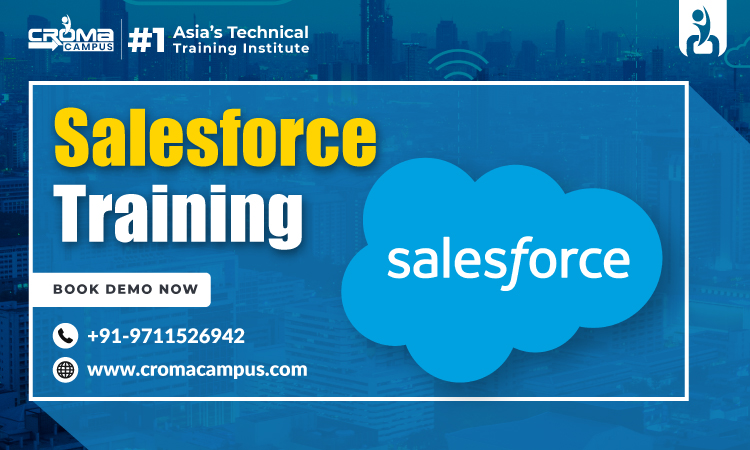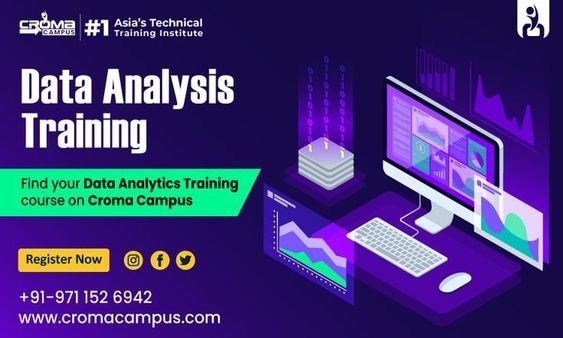Introduction:
In today’s data-driven world, the quality of your data can make or break your business strategies. Salesforce, a leading customer relationship management (CRM) platform, is crucial for managing and analyzing customer data. However, to maximize its potential, you must ensure the data you input is accurate and reliable.
This is where classes and learning objectives come into play, providing you with the necessary skills to enhance data quality. This article delves into how Salesforce Classes can help improve data quality and outlines the key learning objectives associated with these classes.
The Importance of Data Quality in Salesforce
Before diving into the specifics of classes, it’s important to understand why data quality is so critical. High-quality data leads to better decision-making, efficient business operations, and improved customer relationships. Conversely, poor data quality can result in misguided strategies, wasted resources, and lost opportunities. For Salesforce users, maintaining clean, accurate data is essential for leveraging the platform’s full capabilities, from automating processes to generating insightful reports.
How Classes Help Improve Data Quality
Classes are designed to equip users with the skills needed to effectively manage and optimize their Salesforce environment. These classes cover various aspects of data management, including data entry, validation, cleaning, and analysis. By enrolling in these classes, you can learn best practices for maintaining high data quality and ensuring your Salesforce system runs smoothly.
1. Data Entry Best Practices
One of the fundamental aspects of data quality is accurate data entry. Salesforce classes teach users how to input data correctly, using standardized formats and avoiding common errors.
2. Data Validation Techniques
Data validation ensures that the data entered into Salesforce meets specific criteria and is free from errors. Classes cover various data validation techniques, such as using validation rules, workflow rules, and process builder. These tools help automate the validation process, ensuring that only accurate and relevant data is entered into the system.
3. Data Cleaning Strategies
Over time, data can become outdated, duplicated, or incorrect. Classes teach users how to identify and clean bad data using tools like data loader, data import wizard, and third-party data cleaning applications. Regular data cleaning is essential for maintaining the accuracy and reliability of your Salesforce data.
4. Data Integration and Migration
Integrating Salesforce with other systems and migrating data from legacy systems can be complex processes that affect data quality. Salesforce classes provide guidance on best practices for data integration and migration, ensuring that data is accurately transferred and integrated without loss or corruption.
5. Data Analysis and Reporting
Accurate data is the foundation for meaningful analysis and reporting. Classes teach users how to leverage Salesforce’s reporting and analytics tools to gain insights from their data. This includes creating custom reports, dashboards, and using advanced analytics features.
Learning Objectives of Classes:
To effectively improve data quality, classes have specific learning objectives that guide the curriculum. These objectives ensure that users gain comprehensive knowledge and practical skills in data management.
1. Understanding Salesforce Data Architecture
A key learning objective is to understand Salesforce’s data architecture, including objects, fields, and relationships. This foundational knowledge is essential for effectively managing data within the platform.
2. Implementing Data Quality Best Practices
Classes aim to teach users best practices for data quality management, including data entry standards, validation rules, and data cleaning techniques. These practices are crucial for maintaining accurate and reliable data and help you achieve Salesforce Certification easily.
3. Utilizing Salesforce Tools and Features
Another important objective is to familiarize users with the various tools and features Salesforce offers for data management, such as data loader, validation rules, and reporting tools. Mastery of these tools is essential for optimizing data quality.
4. Developing Data Governance Policies
Classes also focus on developing data governance policies, which define the standards and procedures for data management within an organization. These policies ensure that all users adhere to best practices and maintain high data quality.
Conclusion:
Improving data quality in Salesforce is essential for maximizing the platform’s potential and achieving business success. Classes provide users with the knowledge and skills needed to manage data effectively, ensuring accuracy and reliability.
By understanding the key learning objectives and enrolling in classes, you can enhance your data quality and unlock the full power of Salesforce. Whether you’re a beginner or an experienced user, these classes offer valuable insights and practical skills that will benefit your organization.




